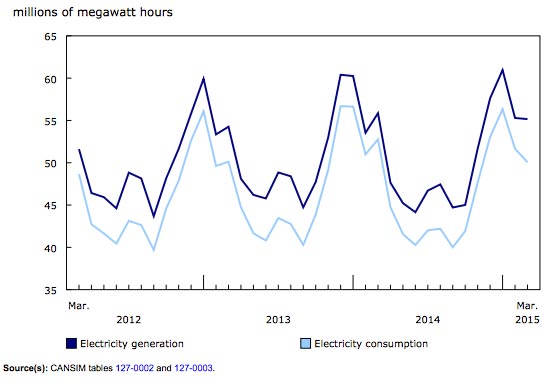Canadian Monthly Estimates of Business Openings and Closures, December 2020

March 29, 2021
In December 2020, business openings and closures were largely unchanged from November 2020. The number of business closures decreased by 0.8% while the number of business openings decreased by 1.3% (Chart 1). The number of active businesses in December continued to edge up slightly, but remained 3.6% lower than in February 2020.
Across provinces and territories, the change in business closures from November to December was varied. Notably, business closures decreased by 13.1% (-1,024) in Quebec and by 9.7% in Newfoundland and Labrador (-58). By contrast, business closures increased by 12.1% (+68) in New Brunswick and by 9.1% (+108) in Manitoba. Still, with the exception of the Northwest Territories and Nunavut, the number of active businesses increased across the country in December.
With the exception of wholesale trade, business closures increased or remained unchanged in all industries from November to December 2020. There continued to be increases in business closures in the tourism sector, where closures in December were 105.4% higher than they were in August 2020 and 15.0% higher than one year earlier. The increase in business closures in the tourism sector is largely because of the food and beverage services industry, where closures more than doubled, from 991 in August 2020 to 2,207 in December 2020. The increase in closures in this sector may reflect lockdowns that were introduced in late December. The January 2021 estimates may capture these instances more broadly.
New series on new and reopening businesses are now available
The experimental series on monthly business openings and closures now includes monthly estimates of new and reopening businesses at the national level by industry, as well as at the provincial level for the business sector.
From January 2015 to December 2019, on average, about 15,000 businesses were created in the business sector on a monthly basis. This number reached a low of 9,535 in May 2020, a decrease in new businesses also observed across industries following the onset of the pandemic (Chart 2). From May 2020, more new businesses steadily entered the business sector, reaching an amount of 16,972 in December 2020, 13.1% higher than observed in February 2020.
At the industry level, the largest declines in new entrants from February to May 2020 were observed in other services (excluding public administration), accommodation and food services, and arts, entertainment and recreation (Chart 2). Since then, an increasing number of new entrants appeared across all industries. In December 2020, new entrants were over 20% their February 2020 level in wholesale trade, in transportation and warehousing, and in professional, scientific and technical services, an industry in which entrants hovered close to or above the February 2020 level throughout the pandemic. In most industries, the number of new entrants reached their 2020 peak in October or November.
Similar to trends observed at the industry level, the number of new entrants decreased following the onset of the pandemic in each province and territory, up to May or June 2020, and increased thereafter. Notably, in British Columbia, Quebec, Ontario and Manitoba, there were 30% more new businesses in November than there were in February (Chart 3).










![Guide to the Canadian Electrical Code, Part 1[i], 26th Edition – A Road Map: Section 10 – Grounding and Bonding](https://electricalindustry.ca/wp-content/uploads/2022/11/Guide-CE-Code-2.png)





